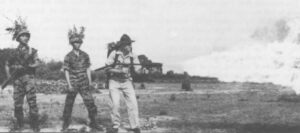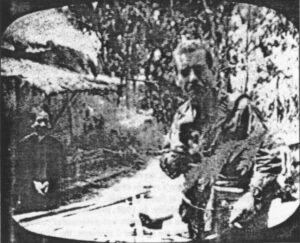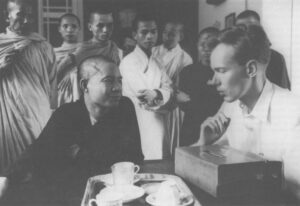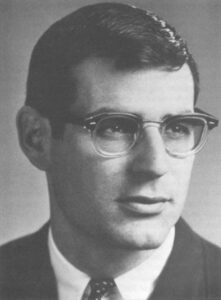South Vietnam, late December 1961-Homer Bigart of The New York Times had been shot at in anger in some part of the world during each of his past twenty years. The tiny and obscure American war in Vietnam would be his last battle, by choice. Now 54, he had followed war from the hills of Italy to the islands of the Pacific to the bleak mountains of Korea, and to countless other places already becoming asterisks in the history books.

In the years to come the legend would grow methodically that, particularly in the early days, American policy in Vietnam was ruined by young, inexperienced correspondents unbloodied in earlier wars. Part of the legend was enhanced by a generation gap soon to rip at the seams of American society, spread by Vietnam not only through the streets of America but through the press corps itself. And most of the early correspondents (as well as many of the later ones) were relatively young, a distinction hardly peculiar to this war. War is a game for the young.
Not yet on the scene were David Halberstam, who would replace Bigart, or Neil Sheehan and Peter Arnett and others who would arrive in the next year, still in their raw-edged twenties. Malcolm Browne, the “old man” at 30, had landed a month earlier as the new Associated Press correspondent in the Asian backwater of Saigon. These men would be the rookies who would publicly challenge American policy in the little-war days of 1963 and take credit or blame for a style of doubting reporting that would last through a decade of American agony in Vietnam.
But Bigart, who had seen as many years and even more wars than the generals, would become the first rebel, his own skeptical challenges rubbing off on the young reporters who would take on Vietnam as their own war. Bigart made the generation gap theory wobble. He was not even of the Second World War generation (having been 33 years old at the time of Pearl Harbor and almost 35 before he heard his first gunfire.) After two decades he found little glory in war and even less in Vietnam, a place that most newcomers found exotic and somewhat romantic in those early days. Bigart found the place “a sinister place, unlucky, and you could watch it corrupt the Americans.”
Still, by the time he arrived in the last days of 1961–directly from the show trial of Nazi war criminal Adolph Eichmann in Jerusalem–he had won his craft’s highest accolades and was considered by many the best war correspondent of his era.
Bigart won his first Pulitzer Prize in 1945 by capturing the Catch-22 mood inside a B-17 whose crew found itself in one of war’s time warps on a long droning mission that had taken off to bomb Japan in the last minutes of the war. Shortly after takeoff, the crew picked up commercial radio reports of Americans dancing in the streets of San Francisco at news of the war’s end. Bigart captured the wrenching emotions of the young airmen, wanting neither to kill nor be killed in the last act of a war that was over, flying onward as their countrymen celebrated and they waited for a mission-abort signal that never came. Bigart would never discover how many Japanese died in the small target city of Kumagaya, but he learned other lessons about war’s irrationality.
His second came six years later in the disastrous winter retreat of battered American troops in Korea. The surrounded Marines gallantly told him their orders were to attack and, with more Chinese troops behind them than ahead of them, they were attacking to the rear. Bigart duly recorded the heroics, and the classic Marine line. But he also laid his account against a description of the piles of Chinese and American bodies, stacked atop one another like frozen sandbags, behind which the Marines agonizingly fought backward over icy ground once taken.
Bigart was a big, slow-moving and crusty man, with an acute eye for detail and a poet’s slow devotion to word-smithing. Despite his record. he was most easy to underestimate. His speech sometimes broke into an unlikely stutter, particularly when he was angry. He was an unlikely Times-man and, indeed, had won both his Pulitzers as a correspondent for the more free-wheeling New York Herald Tribune, waiting till after Korea to join the staid Times.
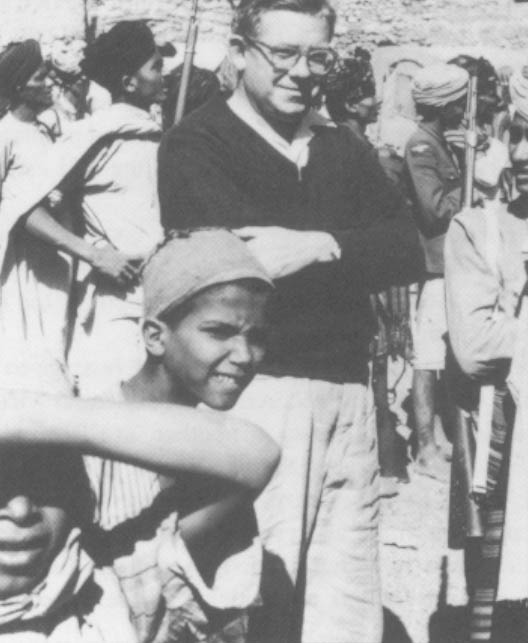
In contrast to the sophisticated Ivy Leaguers usually favored by the Times for overseas assignments, Bigart read little history, spoke no foreign languages, and his English had been honed in the raucous Front Page atmosphere of 1930’s city rooms. When he arrived in Saigon a solicitous Vietnamese official spoke to him in French, offering him an expensive French cigarette. “Je ne smoke pas,” he replied, and that was last anyone heard Homer Bigart communicate in anything other than straightforward, albeit occasionally stuttering, English.
But to underestimate Bigart was a fatal mistake. “All Homer had is a form of portable ignorance,” a friend said at the time. “He shows up knowing little and then finds out everything.” There were some things that Bigart did not need to discover after twenty years on the battle lines. After Korea, he knew that no war was romantic. After Kumagaya, he knew that wartime logic, with all its wonderful numerical certainty so favored in far-off war rooms, was, as he would put it, bullshit.
Bigart arrived at a pivotal time. The American government was moving on two fronts. The social-economic side, aimed at winning the hearts and minds of the people, showered elaborate American programs on the Vietnamese countryside in an effort to separate the guerrillas from their most natural cover, the peasants. The military side had its own answer: A recently arrived fleet of helicopters, whose mobility would do what Saigon’s soldiers seemed unable or unwilling to do: Cut off the enemy’s hit-and-run retreats back into the jungle and prevent the silent slinks back into the safety of the swamps. Both placed a heavy emphasis on American technology in a most technologically backward land.
Bigart’s street-wise instincts told him that technology, raw power, and even ingenuity, those hallmarks of the American way that had turned the tide in the Second World War, were more likely to sink into the muck in this jungle outpost. He devoted one of his first articles to cats and its opening paragraph became a classic parable about bureaucratic absurdity in America’s Vietnam era before most Americans knew there would be a Vietnam era:
SAIGON, Viet Nam, Feb. 4–American anti-malarial spray killed the cats that ate the rats that devoured the crops that were the main props against agitation in the central lowlands of South Viet Nam. The result: a hungry, embittered rural population tending to support the Viet Cong insurgents.
After the cats, he found the dogs. Upset with South Vietnamese soldiers who would rather visit their families than stand guard duty at night, the Americans brought in German shepherds as sentries. Checking out one unit, Bigart found four of the five dogs, as well as their trainer, ill from jungle bugs. He wrote:
“They needed three months to adjust to the tropics. Meanwhile the (Americans) discovered that each dog required $1.20 worth of frozen horsemeat a day; a Vietnamese soldier gets by on 19 cents of rice. Gadgets will not win this war, and neither will dogs.”
On the military side, the most sophisticated gadgets, the helicopters, seemed to briefly turn the tide, sweeping in low over the wilderness to surprise the Viet Cong in lairs they once found safe. By early March Admiral Harry D. Felt, commander-in-chief of American forces in the Pacific, visited Saigon from Honolulu to announce with a flair that South Vietnamese troops had finally “gone on the offensive” with the assistance of the new banana-shaped Army H21s operated by American crews. This news was not particularly impressive to Bigart and the handful of American correspondents on the scene. The American commander, Gen. Paul Harkins, had refused to let correspondents accompany the raids, lest they report less-than-successful outcomes. The newsmen were ferried in after selected battles on what they sarcastically called “body count runs.”
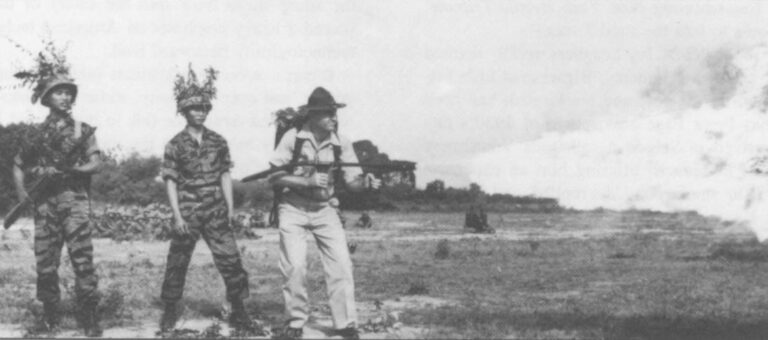
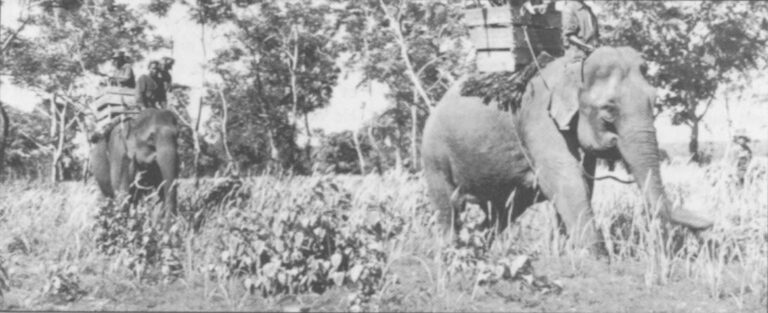
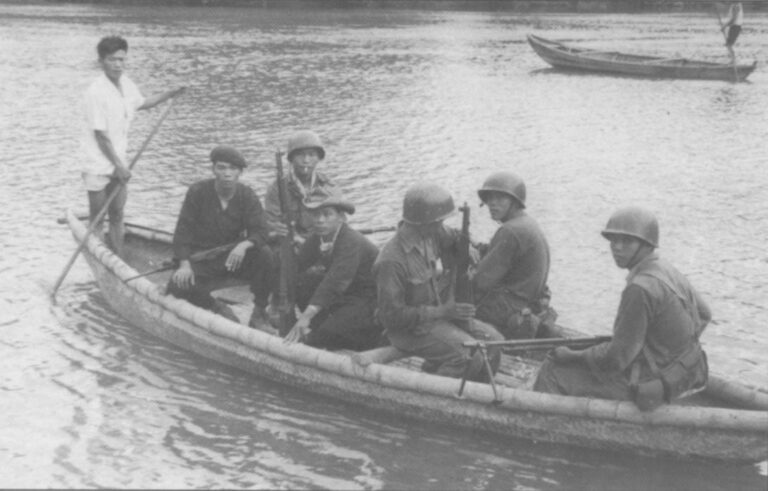
After Felt’s announcement, the correspondents’ protests grew thunderous against what they considered an unprecedented restriction on their ability to cover action involving American soldiers who both piloted and served as gunners aboard the helicopters. Bigart, not known for quietly accepting professional slights, blew even higher when the military finally caved but gave the first live mission to a visiting luminary from Washington. Nobody took the prime story away from the resident Times man, and Bigart blew a fuse, first stuttering his explosive objections in Saigon and then transferring the pressure back home. He fired off a cable to Emanuel E. Freedman, the Times foreign editor. It didn’t have a Bigart stutter in it: “Freedman, if you cannot protect me from this petty, Pentagon favoritism, you will have my resignation forthwith.”
The Pentagon felt the heat. Harkins felt the heat. Bigart went out on the first flight two days later, a raid on a small village known as Cai Ngai in guerrilla-held territory near the southern tip of the Vietnamese peninsula.
In his dispatch to the Times, Bigart described the raid as a success, with the Viet Cong so surprised that they left a previous battle’s victory dinner untouched as they fled. But, even with the new American flying gadgets, Bigart’s account did not synchronize well with Admiral Felt’s optimistic words about a tide-turning offensive. Five choppers were struck by Viet Cong fire, and one shot down. And the young South Vietnamese soldiers’ enthusiasm for a fight, as well as their commanders’ eagerness for pursuit into the murky ground surrounding the village, remained unchanged by their new mobility. The mission was not a harbinger of better times ahead in Vietnam.
After taking Cai Ngai without a casualty, the ARVN troops dawdled under coconut trees as an exasperated American adviser attempted to goad them into the chase. “Let’s get this thing moving,” the American pleaded. “Boom, boom, left, right, left, right.” A Vietnamese officer complained that the guerrillas were too far away. “How far is too far?” the American demanded, angrily adding that the range of an M-1 rifle was five hundred meters. My troops are hungry, the Vietnamese officer replied. “They can eat tonight,” the American said. But they ate in the village–raiding the henhouse, the Americans called it–and the adviser gave up.
The bodies of three Viet Cong, killed during the landing, were found. Twenty-five more guerrillas were reported dead as they attempted to flee. But the bodies were never found. That would have required chasing the guerrillas into the surrounding swampland. Bigart’s story began to make body counts, that morbid pastime peculiar to the Vietnam war in which ambitious commanders sometimes included children and chickens to bolster the size of their victory, into a never-ending subject of controversy. The assault unit was lifted off shortly after the henhouse raid, and the story concluded. “As usual, the main enemy force got away.” Bigart assumed the guerrillas returned by nightfall, enjoying their victory party by starlight.
Bigart’s story did little to improve relations between the small press corps and the Americans or the increasingly strident Saigon government.
Over the next months other reporters were allowed to accompany occasional missions. But Harkins, under firm instructions from Washington, continued to keep the lid screwed on tightly. The tiny American press corps fumed as the little war obviously widened and the correspondents felt they were being boxed farther and farther from the action. Bigart complained that, in the wars he had covered, he had never been so isolated by American officialdom. Mal Browne went so far as to file an official complaint with Harkins, protesting that Harkins’ policies had tightened to the point where “even trivial details” were withheld and reporters were denied access to “field maps and briefings.”
“None of us,” Browne wrote, “expects the government of Vietnam to pay much attention to the press, except as a potential propaganda organ. But we are not gathering news for Vietnam. Our concern is for Americans. Like soldiers, we, too, have our traditions, in the light of which this is a strange war. The AP has been covering wars for 100 years, and has had its share of battle casualties. An AP correspondent died with Custer at the Little Big Horn (an ambush remarkably similar to some of the fights here) and there have been many others since. Somehow or other, we have managed to keep the people accurately informed. And we are proud of this tradition.”
Browne’s letter went unanswered.
Bigart, the old warhorse, would not settle for silence. In April of 1962 Defense Secretary Robert S. McNamara visited Saigon and made the mistake of asking the disgruntled reporters whether they had any complaints.
“Mr. Secretary,” Bigart abruptly answered, “we’re not getting enough news.”
McNamara, who had been reading more news than he liked, laughed. “Well, Mr. Bigart, that’s not my impression. My impression in Washington every morning is that you’re getting a great deal of news–a very great deal.”
“Yes,” Bigart answered stonily. “But I’m having to work too hard for it.”
©1989 William Prochnau
William Prochnau, a freelance writer, is working on a study of media coverage and Vietnam.

